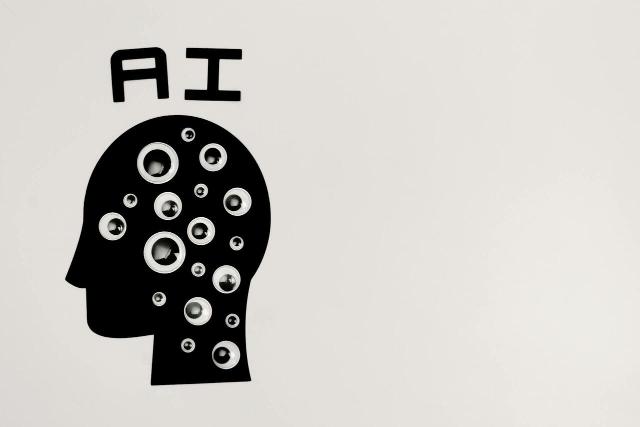AI-Powered Penetration Testing
Like most industries and job roles, artificial intelligence is having an impact. Whether it’s a bubble or not is a difficult assessment, but one area where it’s truly practical and reaping dividends is within cybersecurity. In particular, the art of a penetration test.
The Evolution of Penetration Testing
Penetration testing has come a long way from its manual roots, where security experts relied on tools like Kali Linux to probe systems for weaknesses. The introduction of automated tools like Nessus and Metasploit marked a significant advancement, but these still had limitations in adapting to complex, constantly-shape-shifting threats.
The emergence of AI focused solutions has changed this. Machine learning algorithms enable for more sophisticated and adaptive testing strategies, which find anomalies faster and more accurately.
A prime example of this evolution is IBM's Watson for Cyber Security, which has been applied to penetration testing. The US Defense Advanced Research Projects Agency's (DARPA) Cyber Grand Challenge in 2016 marked a turning point, which was an early showcase of the potential that AI has in automating vulnerability discovery.
Key Components of AI-Powered Penetration Testing
AI-powered penetration testing incorporates a variety of advanced technologies to be more effective. Machine learning models are being used for vulnerability detection, with deep learning techniques improving fuzzing processes to uncover hidden flaws.
Natural language processing has changed report generation and analysis, with tools like GPT-4 creating detailed vulnerability reports that rival those written by human experts (though, we still recommend using humans for now).
Computer vision is being applied to GUI testing and CAPTCHA breaking, challenging even sophisticated systems like Google's reCAPTCHA v3. Reinforcement learning algorithms are also enabling adaptive testing strategies, allowing for automated exploit generation in complex network environments.
Unsupervised learning is also weighing in with anomaly detection, helping to identify potential zero-day threats in network traffic patterns. The US National Security Agency (NSA) has recently unveiled its Autonomous Penetration Testing platform, which uses AI to broaden and speed up penetration tests for defence industry customers, showing growing adoption in high-security environments.
Benefits of AI-Powered Penetration Testing
The advantages of AI-powered penetration testing are substantial. A recent study showed that 61% of companies which used AI in their cybersecurity found a decrease in cybersecurity incident costs.
Machine learning models are beginning to improve accuracy over conventional tools in some examples, and this can lead to lower false positives and negatives. The ability of AI systems to continuously learn and adapt to new threats is particularly valuable in the face of evolving ransomware.
These advanced tools are proving useful in testing complex systems, such as IoT networks that are used by smart cities, because traditional methods are beginning to fall short.
Challenges and Limitations
Despite its benefits, AI-powered penetration testing faces challenges. It’s still new technology, and it has the potential for AI-generated false alarms. While some cases show lower false positives/negatives, it won’t be all, because the variability of AI remains large. There are ethical considerations too, and human oversight remains important. There may also be AI bias in security tools, but again, this research is in its early stages.
Conclusion
AI-powered penetration testing shows promise. It may not be a polished product yet, but it will highly likely be the cause of a reduction in costs, an increase in efficiency and effectiveness, but also the source of greater AI-driven threats.

